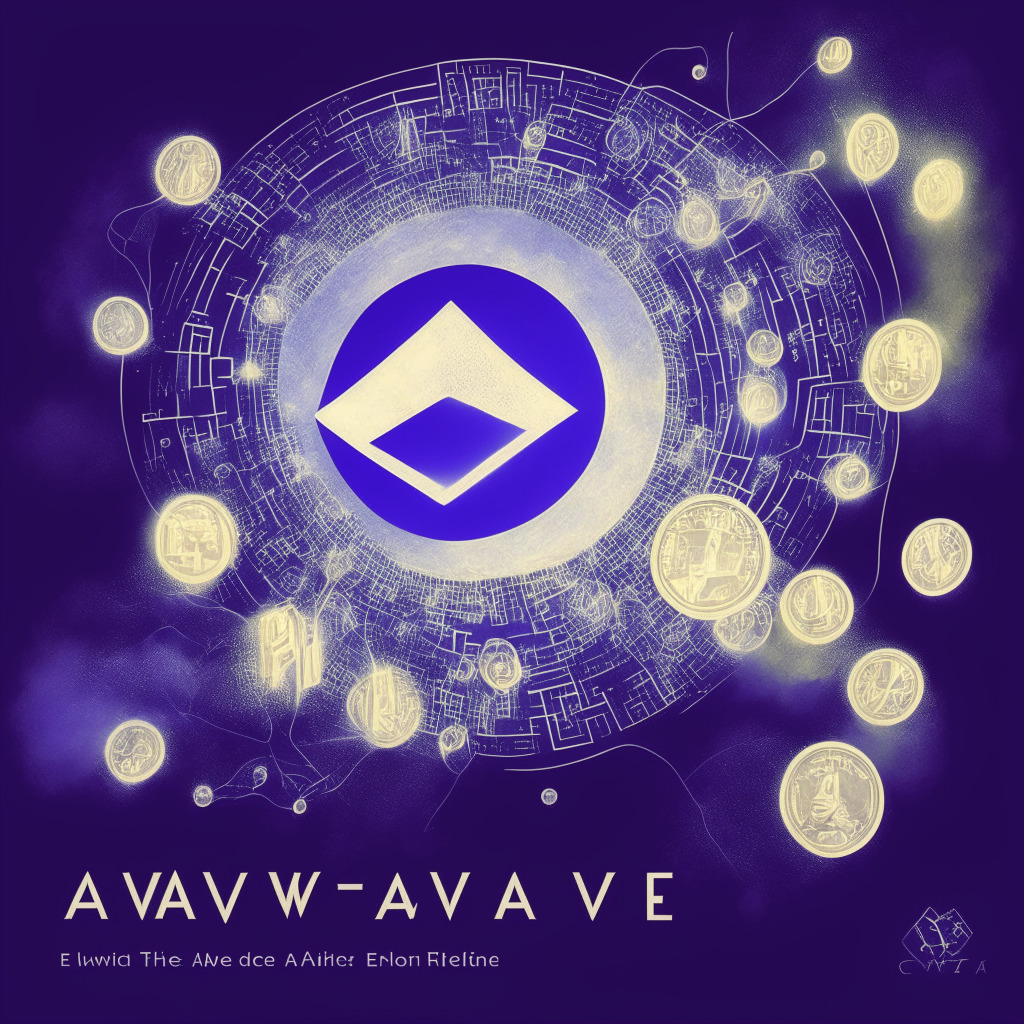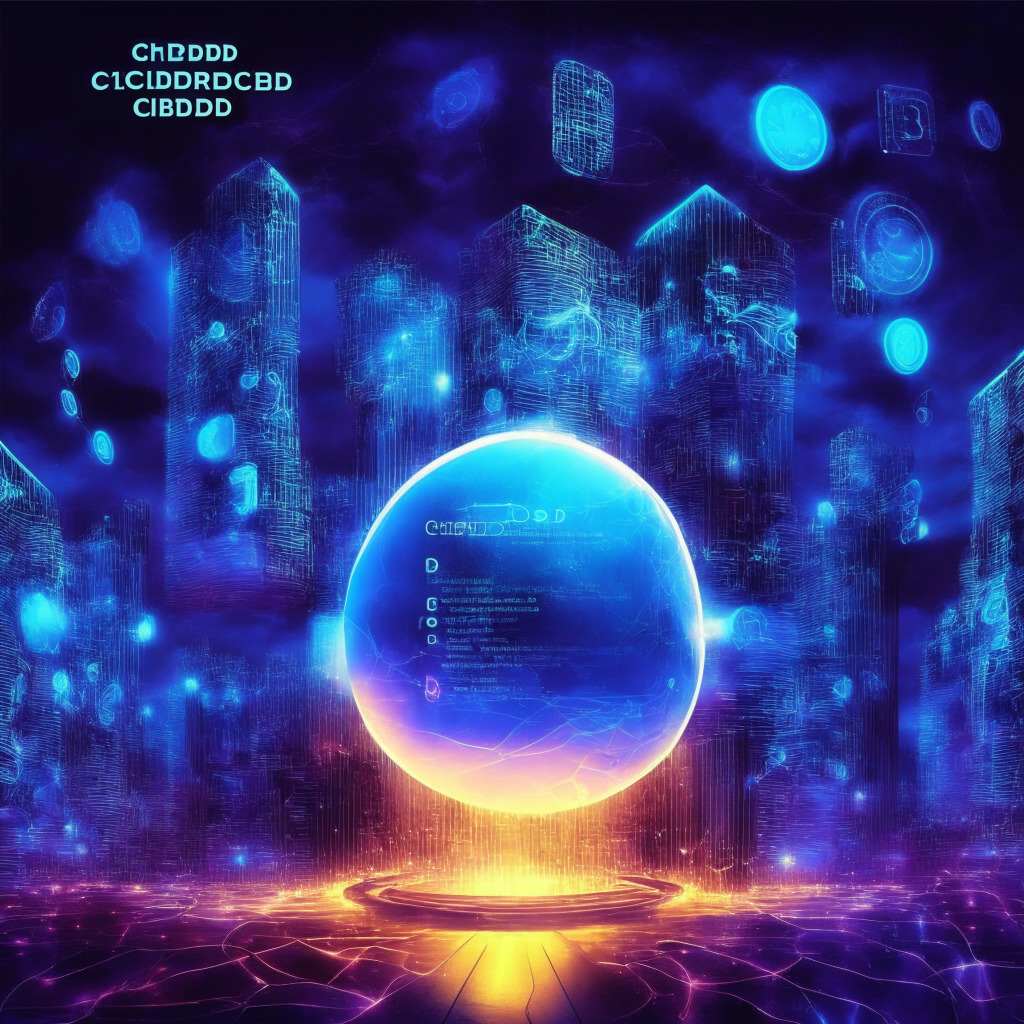The innovative stablecoin from lending protocol Aave, gho (GHO), is one step away from an Ethereum mainnet launch as the developer proposed two crucial features to enhance the token’s benefits for holders and maintain stability. Since February, gho has been running on the Ethereum blockchain’s Goerli testnet without any major issues. This progress signifies a potential breakthrough in the world of digital assets, as decentralization and accessibility continue to pave the way for the future of finance.
In a recent governance post, developer Aave Companies introduced the V3 Ethereum Facilitator and the FlashMinter Facilitator. The V3 Ethereum Facilitator would allow lending of gho against collateral deposits, while the FlashMinter Facilitator is a variant of flash loans, enabling users to borrow against zero collateral. The introduction of these facilitators, which can be either protocols or entities, permits depositors to borrow GHO against their collateral in the Aave V3 Ethereum mainnet pool, while generating and burning GHO tokens up to a specific limit. These facilitators have already been approved in an outline and await more detailed proposals and a voting schedule.
Particularly worth noting is the FlashMinter Facilitator that has an initial capacity of 2 million GHO borrowed with zero fees, achievable in a single transaction. This unique feature reflects positively on gho’s potential as a competitive force within the stablecoin market.
Originally proposed in June last year, gho aims for decentralization as it is backed by a basket of cryptocurrencies chosen by Aave users. These users will continue to earn interest on their underlying collateral as they hold gho. This attribute is a highly attractive aspect for investors who appreciate passive income while staying active in the crypto market.
Additionally, gho is designed to benefit the Aave decentralized autonomous organization (DAO) by directing 100% of interest payments on GHO borrows to the DAO. Initially launching on Ethereum, gho has the potential for expansion onto other blockchains, subject to community demand and voting.
Despite its promising design and user-centered features, gho is not exempt from skepticism. The stablecoin’s decentralization may be viewed as a double-edged sword that comes with potential risks. As the selection of backing cryptocurrencies is left to users, the system could face challenges in ensuring a thorough risk assessment and a consensus on suitable backing assets.
In conclusion, Aave’s gho serves as a potential game-changer in the world of stablecoins, offering enticing benefits to users and the broader Aave ecosystem. As the cryptosphere eagerly awaits the Ethereum mainnet launch, the effectiveness of gho’s ambitious features will ultimately determine its position within the highly competitive stablecoin arena.
Source: Coindesk




